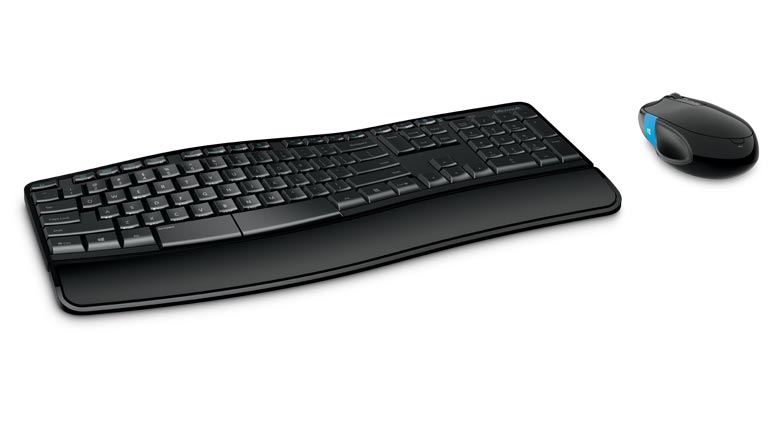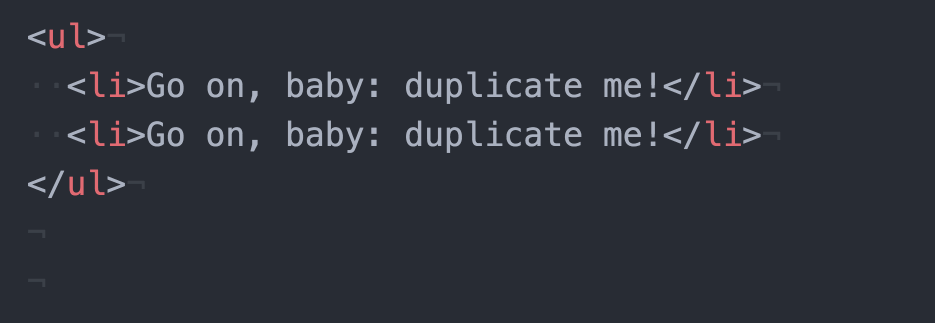Microsoft Access Shortcut Keys for Data Entry and Navigation Provided by: Molly Pell, Technical Project Manager If you’ve ever used Microsoft Access forms to enter any quantity of data, you know how tedious and time consuming it can be. If you enter data regularly, becoming familiar with data entry and navigation shortcuts can save you significant time and effort. You’re probably aware of some of the basic shortcut keys, and hopefully use them regularly: • [Tab] sets focus to the next field. • [Ctrl]+[Enter] inserts a new line in multi-line controls. • [Ctrl]+[C] copies the selected text onto the clipboard. • [Ctrl]+[X] cuts the selected text, and put it on the clipboard. • [Ctrl]+[V] pastes the clipboard contents.
• [Ctrl]+[F] opens the Find dialog. • [Ctrl]+[Z] undoes the last action. • [Ctrl]+[A] selects all text in the current field. • [Shift]+[F2] opens zoom box to edit the current field in its own, larger, dialog box. • [Spacebar] toggles the value of a check box or option button.
• [F7] checks spelling. • [Esc] undoes changes to the current field or the current record (press [Esc] twice to undo both). But there are several lesser-known accelerator shortcut keys that can simplify your typing and keep you working mouse-free.
The lists below include some of the shortcuts that I find most useful, but Access offers many more shortcuts for you to take advantage of. For a list, refer to the topic (online or in the Microsoft Access help file). Don’t Type When Access Does it For You • [Ctrl]+[;] inserts the current date.
Amazon.com: Microsoft Wireless Desktop 2000: Electronics. Advanced Encryption Standard (AES) 128-Bit Encryption; Easily access programs using convenient keyboard shortcut keys. The pillow-textured. Got the keyboard/mouse combo because of the encryption and better wireless security it offered.


This is invaluable if you keep historical records, or include the date in any notes or other fields in your database. It not only saves time, but ensures data accuracy and keeps you from having to remember the date.
• [Ctrl]+[:] inserts the current time. Like the Insert Date shortcut, this feature can save more time than you realize, and it also helps to keep your data accurate. • [Ctrl]+['] inserts the value from the same field in the previous record. When you need to enter several records consecutively, you probably find that many of the fields are the same from record to record. Using the clipboard to copy data can help, but you may need to enter several fields of duplicate information (your name in one field, the date in another field, and some generic comments in a third). Use this shortcut to insert the same field's value from the previous record. • [Ctrl]+[Alt]+[Spacebar] inserts the default value for the current field.
This comes in handy when you start typing, and then realize that you should have kept the default. Don’t Use the Mouse When You Can Use the Keyboard • [Ctrl]+Arrow key combinations speed up navigation [Ctrl]+[Left/Right Arrow] moves you to the beginning of the last/next word.
[Ctrl]+[Up/Down Arrow] moves you to the beginning of the last/next paragraph. • [Shift] +Arrow key combinations select text [Shift]+[Left/Right Arrow] selects one letter. [Shift]+[Up/Down Arrow] selects one line. [Ctrl]+ [Shift]+[Left/Right Arrow] selects a word.
[Ctrl]+ [Shift]+[Up/Down Arrow] selects a paragraph. • [F2] switches between Edit mode and Navigation mode Edit mode displays the insertion point.
Navigation mode hides the insertion point, and selects the entire field. When in Navigation mode, use the arrow keys to move between fields. • [F4] opens a combo box or list box Use this keyboard shortcut to drop down the list, and then use the arrow keys to select a value from the list. • [Ctrl]+[+] adds a new record • [Ctrl]+[-] deletes the current record • [Shift]+[Enter] saves the current record Switching records also saves the data, but it’s a good idea to save frequently, especially if you’re entering a lot of data.
